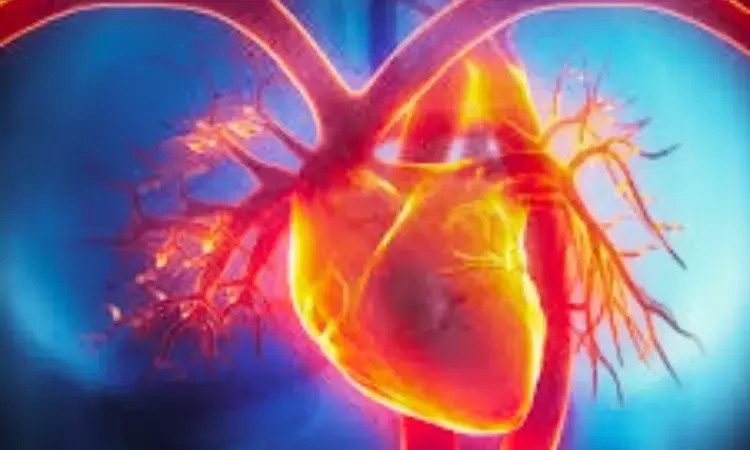- Home
- Medical news & Guidelines
- Anesthesiology
- Cardiology and CTVS
- Critical Care
- Dentistry
- Dermatology
- Diabetes and Endocrinology
- ENT
- Gastroenterology
- Medicine
- Nephrology
- Neurology
- Obstretics-Gynaecology
- Oncology
- Ophthalmology
- Orthopaedics
- Pediatrics-Neonatology
- Psychiatry
- Pulmonology
- Radiology
- Surgery
- Urology
- Laboratory Medicine
- Diet
- Nursing
- Paramedical
- Physiotherapy
- Health news
- Fact Check
- Bone Health Fact Check
- Brain Health Fact Check
- Cancer Related Fact Check
- Child Care Fact Check
- Dental and oral health fact check
- Diabetes and metabolic health fact check
- Diet and Nutrition Fact Check
- Eye and ENT Care Fact Check
- Fitness fact check
- Gut health fact check
- Heart health fact check
- Kidney health fact check
- Medical education fact check
- Men's health fact check
- Respiratory fact check
- Skin and hair care fact check
- Vaccine and Immunization fact check
- Women's health fact check
- AYUSH
- State News
- Andaman and Nicobar Islands
- Andhra Pradesh
- Arunachal Pradesh
- Assam
- Bihar
- Chandigarh
- Chattisgarh
- Dadra and Nagar Haveli
- Daman and Diu
- Delhi
- Goa
- Gujarat
- Haryana
- Himachal Pradesh
- Jammu & Kashmir
- Jharkhand
- Karnataka
- Kerala
- Ladakh
- Lakshadweep
- Madhya Pradesh
- Maharashtra
- Manipur
- Meghalaya
- Mizoram
- Nagaland
- Odisha
- Puducherry
- Punjab
- Rajasthan
- Sikkim
- Tamil Nadu
- Telangana
- Tripura
- Uttar Pradesh
- Uttrakhand
- West Bengal
- Medical Education
- Industry
Cardiac MRI Workflow Improves Prediction of Sudden Cardiac Death in Dilated Cardiomyopathy: Study Shows

China: A new cardiac MRI-based workflow has shown promise in improving the prediction of sudden cardiac death (SCD) among individuals with nonischemic dilated cardiomyopathy (DCM), offering clinicians refined tools for risk stratification and personalized treatment strategies. By establishing specific cutoff values for late gadolinium enhancement (LGE) and extracellular volume fraction (ECV), the study demonstrates a more precise approach to identifying both high-risk and low-risk patient groups.
- An LGE extent of at least 7.2% of left ventricular mass was identified as a strong and independent predictor of sudden cardiac death (SCD)-related events, with a hazard ratio of 4.75.
- This quantitative cutoff offered superior predictive performance compared to qualitative distribution assessments (C statistic: 0.783 vs. 0.732).
- In patients with LGE below 7.2%, an extracellular volume fraction (ECV) threshold of 31.8% provided additional discriminatory value.
- Individuals with preserved ejection fraction (>35%), LGE less than 7.2%, and ECV under 31.8% showed a very low annual SCD event rate of 0.2%.
- Patients with LGE ≥7.2% demonstrated a significantly higher annual risk of 4.65%, independent of ECV or LGE distribution pattern.
Dr Kamal Kant Kohli-MBBS, DTCD- a chest specialist with more than 30 years of practice and a flair for writing clinical articles, Dr Kamal Kant Kohli joined Medical Dialogues as a Chief Editor of Medical News. Besides writing articles, as an editor, he proofreads and verifies all the medical content published on Medical Dialogues including those coming from journals, studies,medical conferences,guidelines etc. Email: drkohli@medicaldialogues.in. Contact no. 011-43720751


